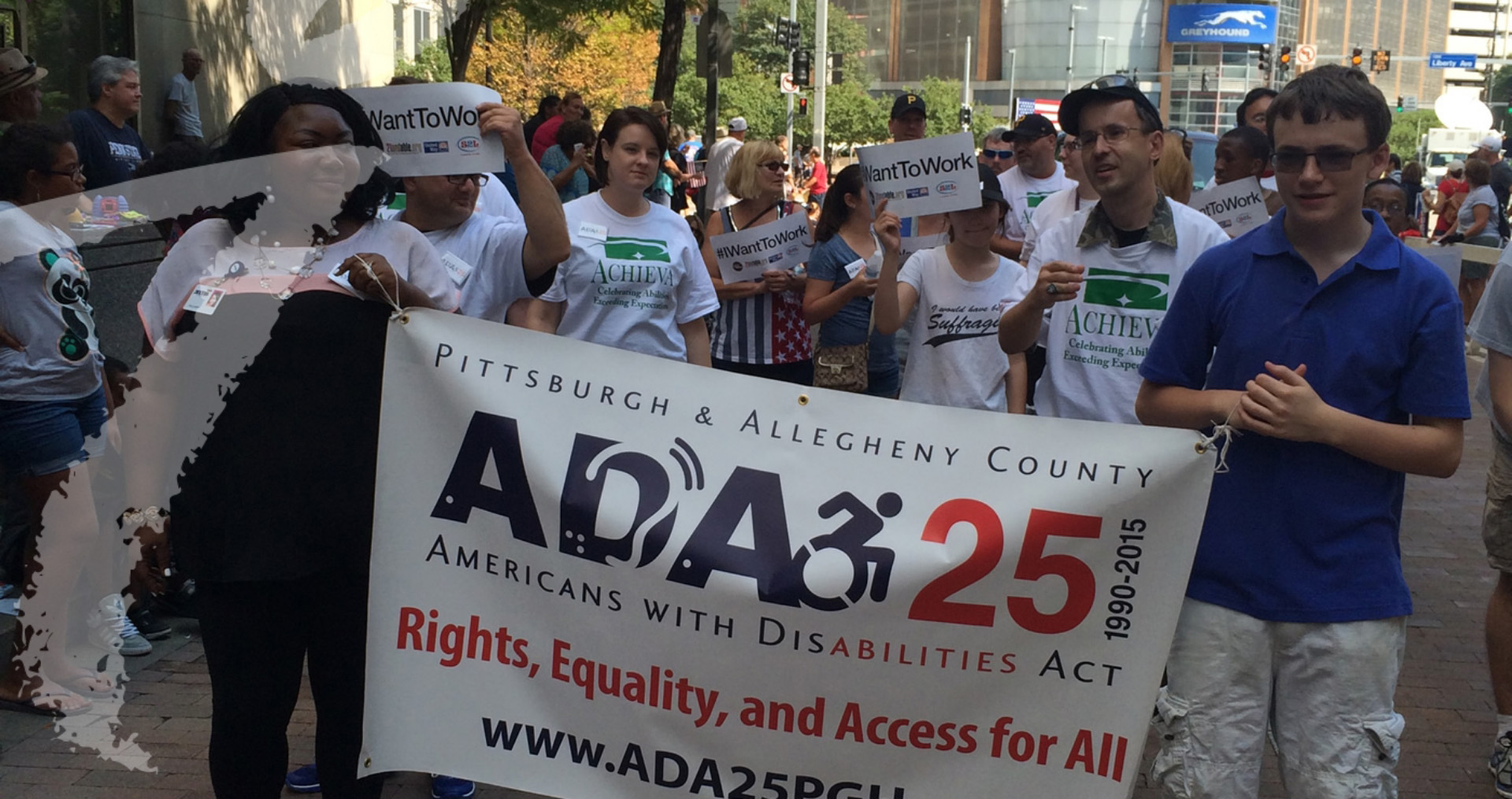Since 2007, the American Foundation for the Blind (AFB) has launched a number of initiatives to address the issue of non-accessible medication labels for people who are blind, visually impaired, or have low vision.
From AFB’s Rx Label Enable Campaign summary and survey report:
More than 100 individuals completed AFB’s online Access to Drug Labels Survey and, in nearly every instance, respondents explained serious negative consequences of unreadable drug labeling information. Respondents included people of all ages with vision loss, and people with all degrees of vision loss.
AFB subsequently created the Rx Label Enable campaign to ensure that people with vision loss have ready access to the vital information available to all consumers via prescription labeling and related documentation enabling them to take medications safely, effectively and independently.
To achieve this goal, AFB reached out to all stakeholders, including consumers experiencing vision loss, policymakers, federal regulators, doctors, the pharmaceutical industry, retailers, assistive technology providers, and public and private insurers to promote solutions, build consensus and take action.
There are essentially no federal guidelines for pharmacists to follow in making prescription labels accessible. To bridge this gap, the American Society of Consultant Pharmacists Foundation and AFB teamed with an Advisory Group to develop a set of guidelines for pharmacists to use.
The Rx Label Enable Campaign Recommendations for Pharmacists
From AFB’s Summary of Recommendations for Pharmacists:
General Recommendations for Prescription Labels:
- Use the largest font size the label will allow.
- Use sans-serif, standard font, such as Arial, Verdana, or APHont™ (pronounced “A-font”).
- Use upper and lower case, not ALL CAPS.
- Use bold typeface for labels. Do not use italic, oblique, or condensed type.
- Use non-gloss paper and label stock. Do not cover the label with [clear] tape.
- When affixing labels to a manufacturer-supplied bottle, do not cover the medication name and strength on the original label.
- Provide a written description of the medication and a picture of the medication, if possible.
- If the pharmacy offers prescription label information in large print, this should be posted prominently at the prescription counter or communicated directly to each patient.
Specific Recommendations for Large Print Prescription and Auxiliary Labels:
The Advisory Board recognizes that standard prescription label size will not accommodate the required labeling information of minimum 18-point type for people with vision loss. Therefore, the Advisory Board recommends that pharmacies:
- Provide “duplicate labels” (prescription and auxiliary) printed in a minimum of 18-point type on paper stock.
- If pictograms are used, these should also be provided in large print format and high contrast (saturated black on white background).
- The “duplicate labels” should be matched in some way to the prescription container, such as by using a large-print number or colored sticker on both the duplicate label and the corresponding medication container.
You can read the full list of recommendations at Summary of Recommendations for Pharmacists on the AFB website.

